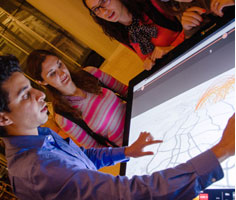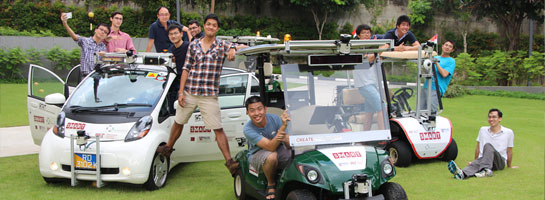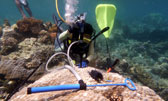





A perplexing force-induced structural transition of DNA, termed DNA overstretching, leads to DNA elongation by about 1.7-fold. It has been a topic for debate for many years due to the uncertainty over precisely what structural changes result from it. In this collaborative research, Zhang et al. conducted single-molecule calorimetry measurements that precisely determined the entropy change that occur during DNA overstretching that provides important new insights to the understanding of the nature of DNA overstretching and resulting structures. This research was done in collaboration between Jie Yan, NUS investigator of SMART, and Patrick Doyle, MIT investigator of SMART.
Previously, overstretching of DNA had in some labs been shown to transform B-DNA into single-stranded DNA by melting, whilst in others has been suggested to likely produce a novel form of double-stranded DNA termed S-DNA. These conflicting results were the source of the debate for many years. At the center of the debate is whether S-DNA is indeed produced from DNA overstretching. Recent results from the lab led by Jie Yan at department of physics and Mechanobiology Institute showed that overstretching does in fact bring about both of these conformations depending on minor changes in the physiological environment.
The current work performed high-resolution measurements of the thermodynamic changes that occur during these conformational changes highlighted key differences during the production of S-DNA versus single-stranded DNA. It reveals that the transition to the S-DNA has a small negative entropy change, distinguishing itself from the transition to single-stranded DNA that has a large positive entropy change expected from dissociation of the two DNA strands. The small negative change in the transition to the S-DNA suggests that the S-DNA is a double-stranded, highly ordered structure. In addition to bringing clarity to this 16-year of scientific debate, these results raise a new question regarding the possible physiological roles and applications of the mysterious S-DNA.
See News Release for more.